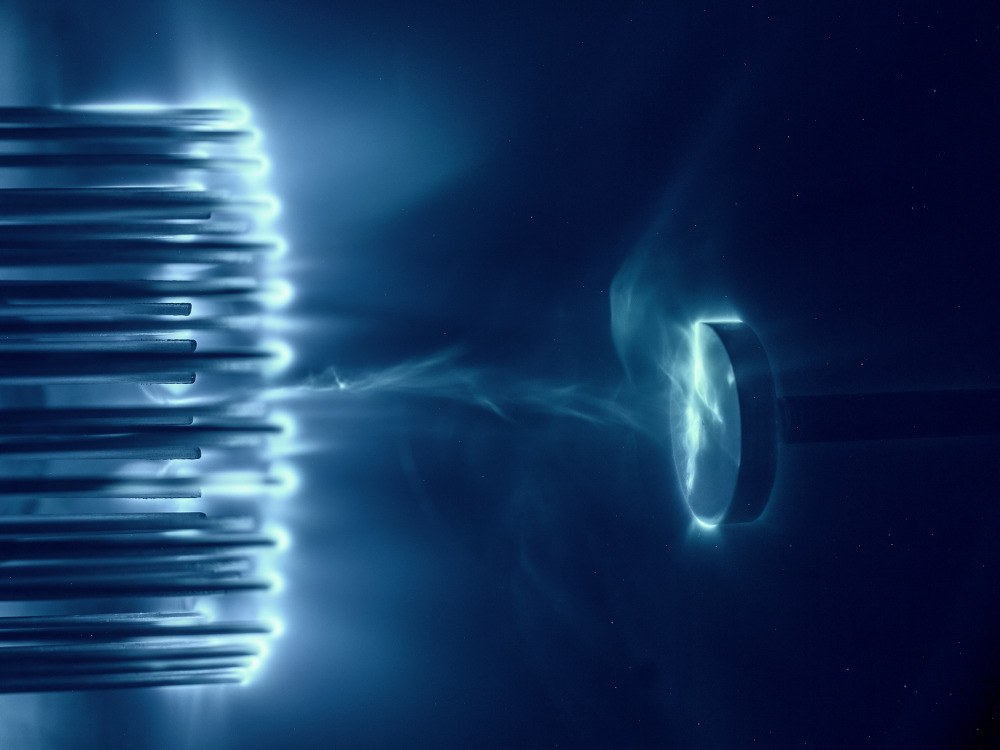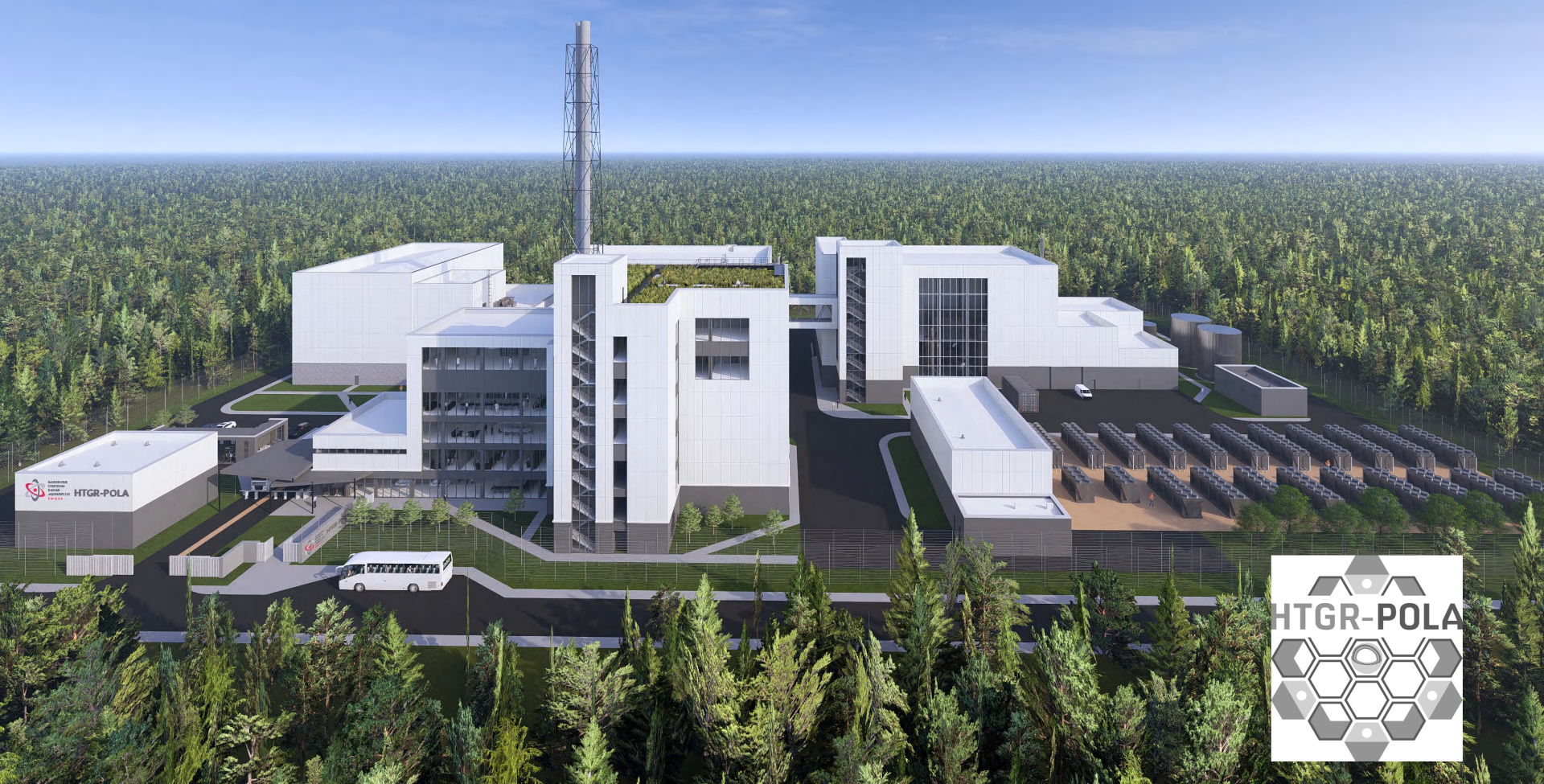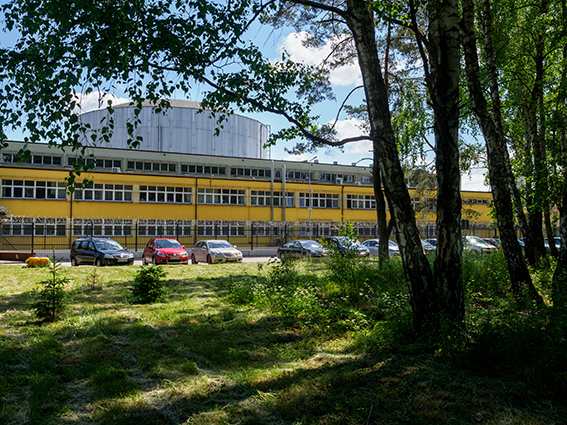
03
Apr
2025
Postdoc | TJ3_355
Termin zbierania ofert: 24-04-2025
Currently, we are looking for the position of postdoc (ref. TJ3_355)

Discussion on funding opportunities for the next phase of the HTGR-POLA high-temperature reactor design at the Polish Parliament
03-04-2025
Talks concerning Poland's first high-temperature gas-cooled reactor return to the Parliament. Prof. dr hab. Mariusz Dabrowski, coordinator of the team responsible for the technical design of HTGR-POLA, yesterday presented the technical documentation developed to date and the prospect of further financing for the design, licensing and construction of the reactor before the Committee on Energy, Climate and State Assets.

Seminarium Zakładu Energetyki Jądrowej i Analiz Środowiska (UZ3)
sala 172, budynek 39 (Cyfronet, III piętro) / https://www.gotomeet.me/NCBJmeetings/uz3-and-phd4gen-seminars
01 Apr, 2025 - 01 Apr, 2025
Seria: Seminarium Zakładu Energetyki Jądrowej i Analiz Środowiska (UZ3)
Prelegent: dr hab. inż. Małgorzata Kwestarz / dr hab. inż. Mirosław Szyłak-Szydłowski / IBHiIŚ PW
Data: 01.04.2025, 11:30

Actions in the Licensing Process of the MARIA Reactor
27-03-2025
The MARIA reactor currently operates under a license from the National Atomic Energy Agency (PAA). On August 20, 2024, the National Centre for Nuclear Research (NCBJ) submitted an application for a new operating license for the MARIA reactor, in accordance with the Regulation of the Council of Ministers of August 30, 2021, concerning the documents required for applying for a permit to conduct activities involving exposure to ionizing radiation or for reporting such activities.
Visit of the Norwegian Ambassador and the Delegation of the Norwegian Parliament’s Energy and Environment Committee at NCBJ
24-03-2025
On March 19, 2025, the National Centre for Nuclear Research (NCBJ) had the honor of hosting a delegation from Norway, including the Ambassador of the Kingdom of Norway to Poland, His Excellency Øystein Bø, and 16 members of the Norwegian Parliament’s Energy and Environment Committee (Stortingets Energi- og miljøkomite). The delegation was led by Ms. Ingvild Kjerkol, Chair of the Committee.

Giełda Prac Magisterskich i Doktorskich w ELI ERIC
Politechnika Wrocławska
27 Mar, 2025 - 27 Mar, 2025
On 27 March 2025 (Thursday), the Wroclaw University of Science and Technology will host a Master’s and Doctoral Thesis Fair, organised in collaboration with the European research infrastructure ELI ERIC, focusing on research using extremely intense laser pulses.

NCBJ Scientific Council awards for achievements in 2024
21-03-2025
In March 2025, a ceremonial meeting of the Scientific Council of the National Centre for Nuclear Research was held to summarise NCBJ's activities in 2024. As every year, the most important achievements selected by a committee composed of the Institute's management were honoured.

19
Mar
2025
Research Group Leader | PolFEL
Termin zbierania ofert: 19-09-2025
Recruitment for the PolFEL project is currently underway. (ref. BP2_343)

18
Mar
2025
Postdoc | BP3
Termin zbierania ofert: 08-04-2025
The National Centre for Nuclear Research opens the competition for the position of Postoc at the High Energy Physics Division (ref. BP3_339)

18
Mar
2025
Postdoc | BP4
Termin zbierania ofert: 08-04-2025
The Astrophysics Division opens the competition for the position of Postdoc (ref. BP4_337)




